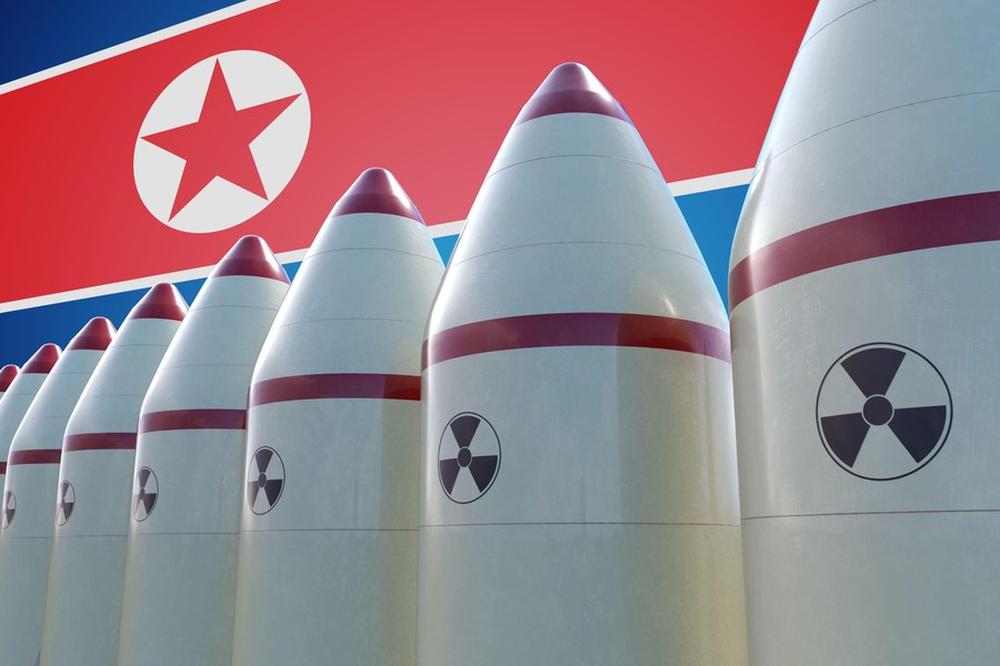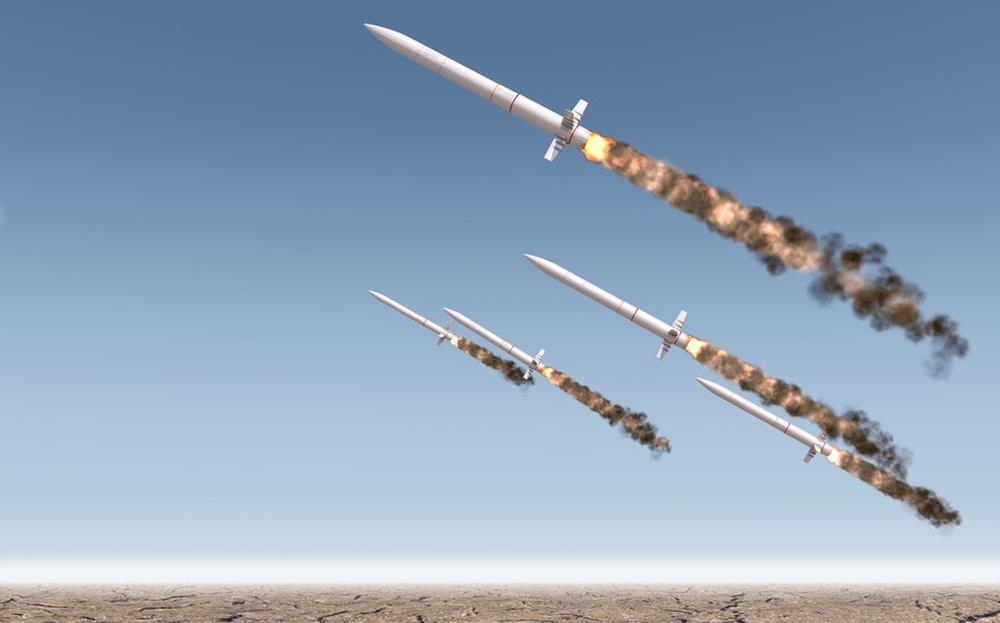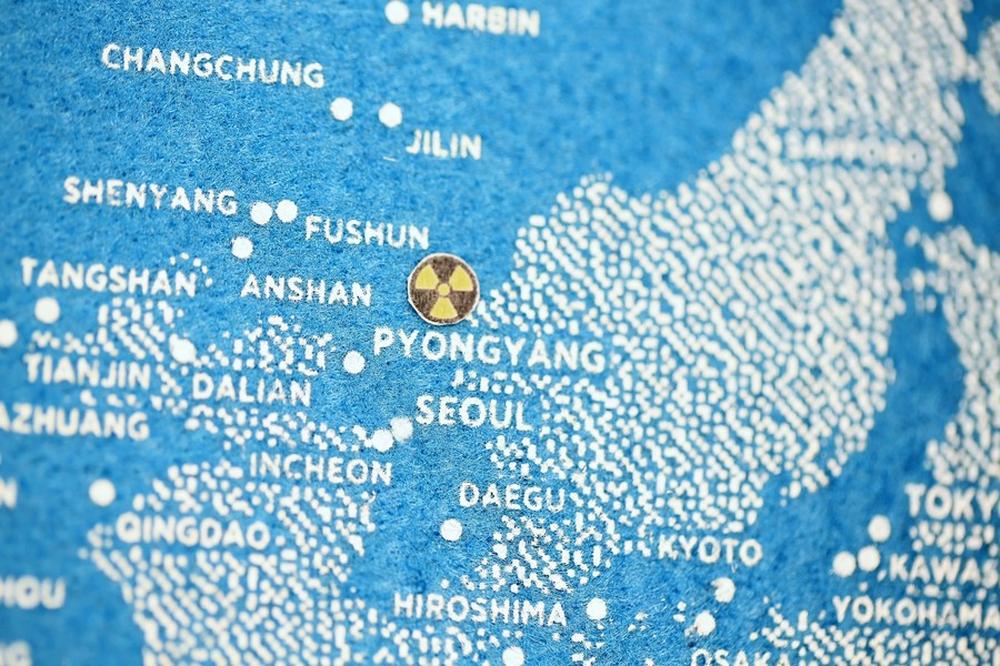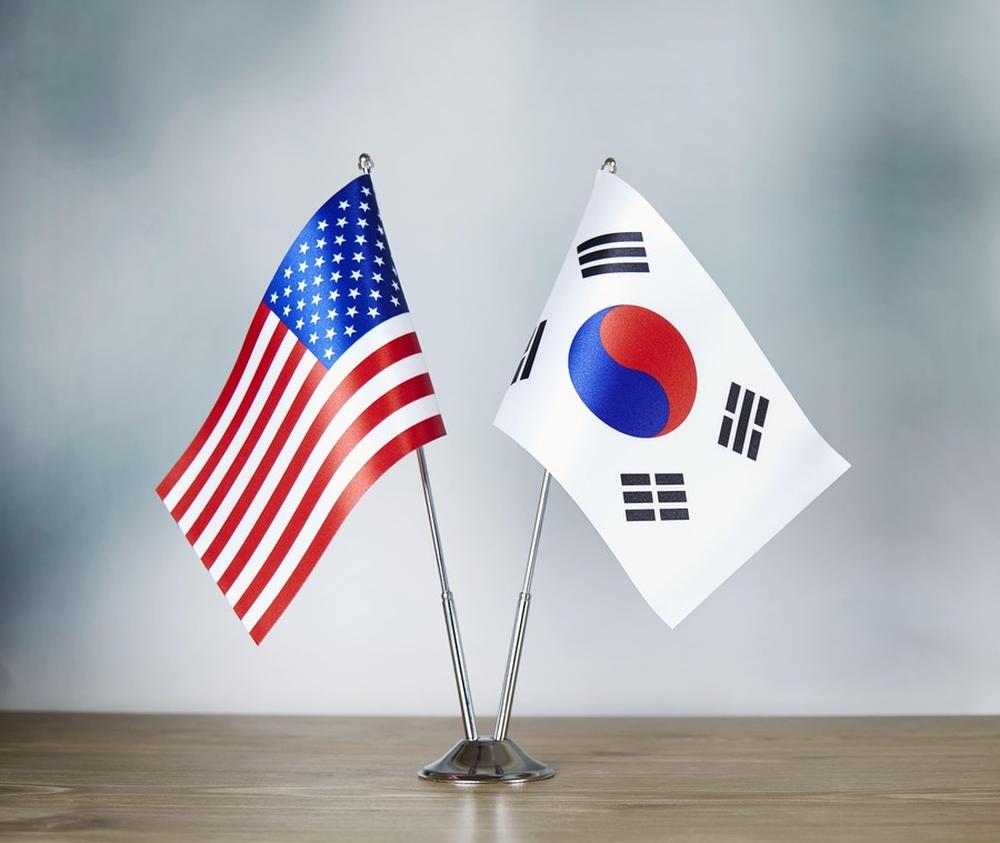- #North Korea
- #Nuclear & Missile Issues
- #Security & Defense
- #US-ROK Alliance

► In case of Korea, if extended deterrence is not managed with the utmost care, it could complicate deterrence against North Korea’s nuclear threat and potentially damage the solidarity of the ROK-US alliance.
► North Korea is adopting a policy of ‘deterrence by denial’ by threatening nuclear strikes against targets such as the Korean Peninsula and Japan and, thereby, denying American deployment of augmentation forces. By increasing the costs of military intervention on the Korean Peninsula, an ‘asymmetric escalation’ posture has negatively impacted the credibility of extended deterrence.
► We must acknowledge the inherent challenges associated with extended deterrence while enhancing its efficacy through institutionalization and in-depth discussions. This is the future course of extended deterrence that Korea and the United States can and must take.
During the Cold War, Charles de Gaulle uttered the now famous phrase, “would the U.S. be willing to risk New York for Paris?” Today, a similar question is being raised on the Korean Peninsula: “Will the U.S. sacrifice Washington for Seoul?” This question stems from concerns regarding the United States’ willingness to implement its promise of extended deterrence and risk nuclear retaliation on American soil. As was the case during the Cold War, this type of doubt resonates very strongly with America’s allies. In case of Korea, if extended deterrence is not managed with the utmost care, it could complicate deterrence against North Korea’s nuclear threat and potentially damage the solidarity of the ROK-US alliance. Then, what are some measures that could mitigate these concerns? What is the true nature of North Korea’s ever-evolving nuclear threat and what challenges should the alliance pay close attention to?
North Korea’s Nuclear Doctrine: Combination of ‘Assured Retaliation’ and ‘Asymmetric Escalation’
North Korea’s adoption of a nuclear law on September 8 provides a clear indication of its nuclear doctrine. Article 1 stipulates that North Korea’s nuclear forces are aimed, first and foremost, at ‘deterring war.’ If deterrence fails, it will then move to ‘operational missions’ aimed at achieving a decisive victory. In essence, North Korea’s nuclear doctrine looks to achieve two missions often referred to in the deterrence literature as ‘assured retaliation’ and ‘asymmetric escalation.’ North Korea has long invested in its ICBM capabilities in order to enhance its retaliatory threat against the U.S. mainland. Its developments of ICBMs such as the Hwasong-15 and Hwasong-17, as well as Pukguksong SLBMs show that North Korea’s goal vis-à-vis the United Sates is to achieve ‘deterrence by punishment.’ Questions about the credibility of U.S. extended deterrence stem from this predicament.
At the same time, North Korea’s tactical nuclear weapons aim to enhance ‘nuclear war-fighting capability’ during actual combat. The emergence of new short-range missiles such as KN-23 and KN-24—especially following the breakdown of the Hanoi Summit in 2019—reflect such a strategy. Recent ‘military exercises by tactical nuclear operation units’ can also be interpreted in the same light. This means that North Korea’s nuclear posture is now going beyond ‘assured retaliation’ (deterring a war) and into the realm of ‘asymmetric escalation’ (conducting operational missions). In other words, North Korea is adopting a policy of ‘deterrence by denial’ by threatening nuclear strikes against targets such as the Korean Peninsula and Japan and, thereby, denying American deployment of augmentation forces. By increasing the costs of military intervention on the Korean Peninsula, an ‘asymmetric escalation’ posture has negatively impacted the credibility of extended deterrence.
Future of ROK-US Response: Institutionalization and Enhanced Understanding of Extended Deterrence
How can South Korea and the United States respond to North Korea’s evolving nuclear capabilities and doctrine? On September 16, the Extended Deterrence Strategy and Consultation Group (EDSCG) meeting took place in Washington, DC. This meeting was significant in that members re-affirmed their commitment to respond to a North Korean nuclear attack in an absolute and decisive manner. However, the meeting also left much to be desired. Even though the discussion reaffirmed U.S. commitment and mentioned timely deployment of strategic assets, details about how to enhance extended deterrence mechanism were sorely missing. Formulaic expressions such as “reaffirmation of commitment’ and ‘enhancement of ROK-US cooperation’ were offered but the meeting failed to discuss specific mechanisms that guarantee extended deterrence and how ‘tailored deterrence’ will take shape in the future.
Moving forward, the United States and Korea must go beyond simple messages of commitment. The two allies must work towards institutionalizing and enhancing the understanding of extended deterrence. More than anything else, they must strengthen the effectiveness of extended deterrence by enhancing information-sharing and joint planning. They must go beyond the simple reconfirmation of their commitment to extended deterrence. The level of bilateral discussions and negotiations must improve by not only reaffirming their commitment to extended deterrence but by discussing the various scenarios in which nuclear and non-nuclear options must be contemplated. In order for this to take place, there has to be greater information-sharing regarding the United States’ nuclear capabilities and its nuclear planning procedures. Moreover, the two allies must discuss ways for the Korean military to participate in the U.S. Strategic Command’s nuclear strike planning scenarios during peacetime and wartime. The authority to launch nuclear weapons belongs solely to the U.S. president and it is difficult for any American ally to participate in the nuclear weapons-related process, especially at the operational level. However, given that North Korea has evolved its nuclear posture to include the possibility of nuclear warfare, Korea cannot be satisfied with the United States’ verbal commitment to extended deterrence. Again, the goal of the consultative meetings for extended deterrence must go beyond simply sending a message. They must serve as a mechanism to review the implementation of extended deterrence and its various challenges from a military standpoint. Such mechanism could accommodate Korea’s voice in the process as well.
Since the inauguration of the Yoon Suk Yeol administration, there have been much focus on the deployment of strategic assets and joint military exercises. While these are important issues that can send a clear message to the North about the ROK-US resolve, they cannot serve as a foundation for strengthening extended deterrence. Armed demonstrations, if conducted too often, may end up lowering their efficacy and, if not conducted effectively, could lead to unnecessary military tensions. As pointed out earlier, we must go beyond the symptomatic treatments and more towards institutionalization and enhancement of extended deterrence as we continue to deal with North Korea’s growing nuclear threat.
In addition to strengthening deterrence against North Korea, the United States and South Korea must manage the North’s nuclear threat by focusing on crisis management. Focusing solely on enhancing deterrence capabilities could paradoxically lead to greater chances of a nuclear war. North Korea’s tactical nuclear plans have lowered the threshold for nuclear use. This implies greater possibility of an accidental nuclear war caused by misjudgment and mishaps. From this perspective, provocative messages of preemptive-strike or decapitation operations to the North must be restrained. This is important because sending a message—that one side will strike first if it perceives the other to attack first—could then lead to mutual fear. Therefore, both South Korea and the United States must not overlook the dual challenges: deterrence failure and crisis management failure.
Last but not least, we have to be wary about overly pessimistic or overly distrusting attitude toward the extended deterrence. During the Cold War, the United States mainland was exposed to thousands of Soviet nuclear missiles. Yet, extended deterrence to NATO successfully survived the pressures of the Cold War. Even though there were grave doubts among western Europeans, the Soviets simply could not ignore the critical dangers that come with challenging America’s extended deterrence. As such, extended deterrence works not by its certainty but by its probability. Extended deterrence on the Korean Peninsula is directly tied to the credibility of U.S. alliance networks around the world and the fate of the non-proliferation regime. It is for this reason that we cannot conclude hastily that the U.S. nuclear umbrella is broken. Deterrence is a type of psychological effect. Strong distrust of extended deterrence may end up weakening the effectiveness of deterrence. Therefore, we must acknowledge the inherent challenges associated with extended deterrence while enhancing its efficacy through institutionalization and in-depth discussions. This is the future course of extended deterrence that Korea and the United States can and must take.


